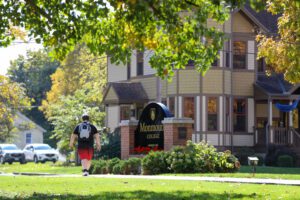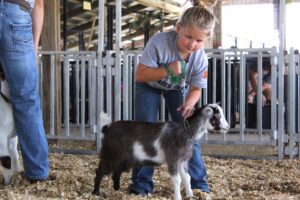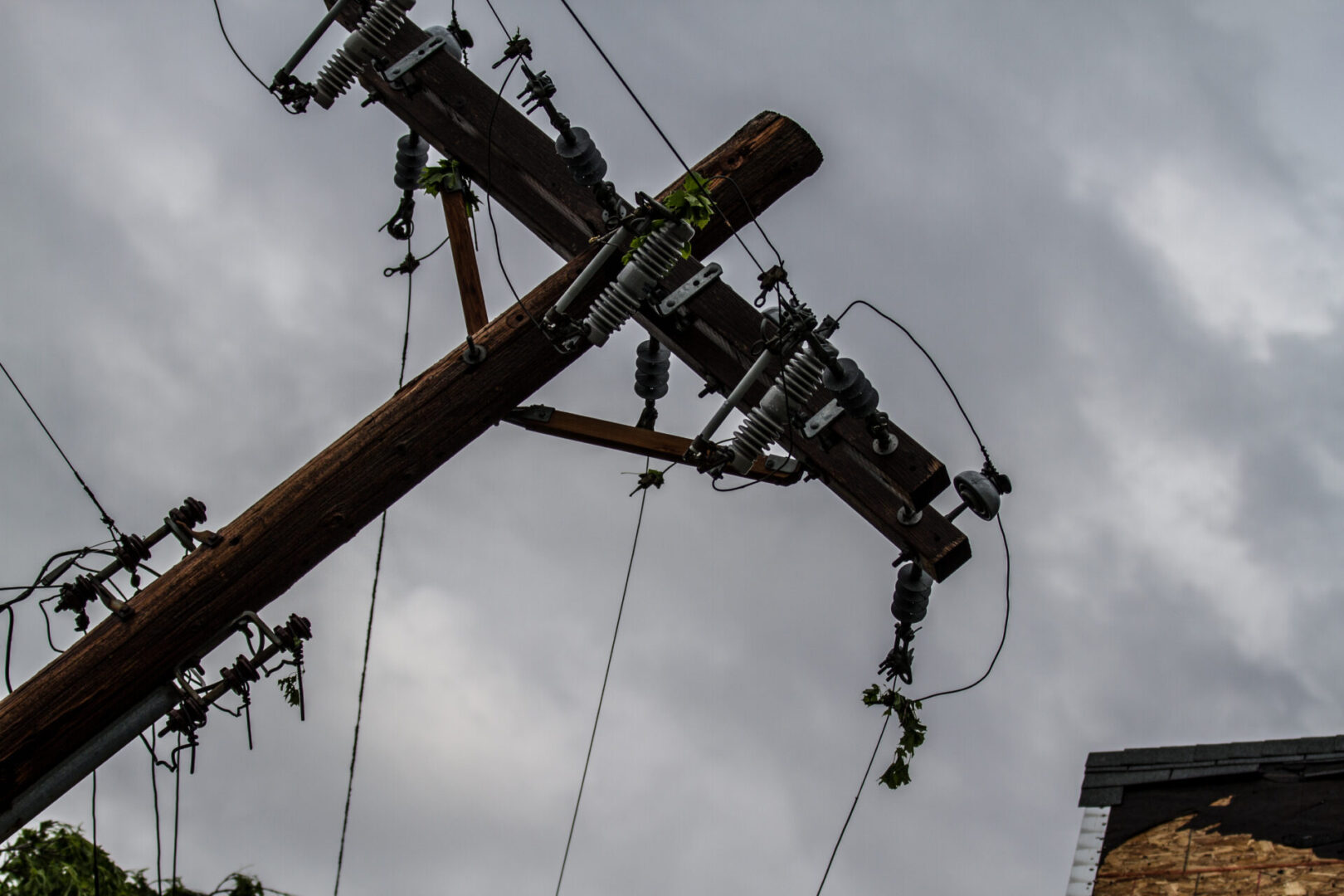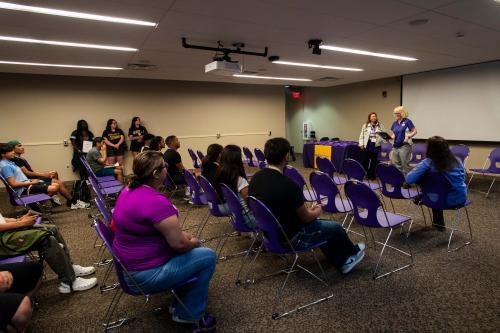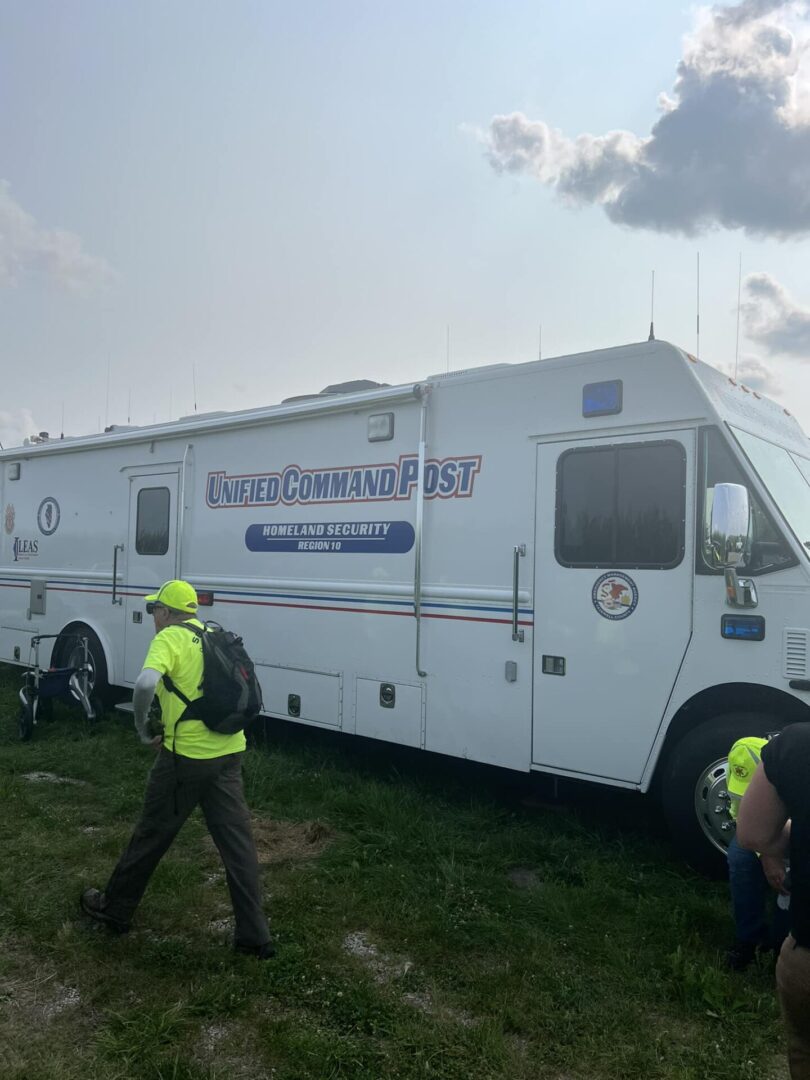Now that the federal government included billions of tax dollars in the Infrastructure Investment and Jobs Act to improve internet access to more areas, the task of broadband mapping in Illinois is underway.
The Illinois Office of Broadband and its mapping vendor, Connected Nation, are using the mapping efforts to provide internet access to hard to reach areas and make best use of all available federal broadband funds.
Ashley Hitt, vice president of GeoAnalytics at Connected Nation, said they are updating the state broadband maps with the most accurate, detailed data possible.
“Being able to aggregate all of that together, then being able to run some estimates on the number of served and underserved households there are across the state, so that way we can then look county-by-county and see which counties are the least connected that may need more assistance,” said Hitt.
The Federal Communications Commission recently announced that it was authorizing around $800 million for the Rural Digital Opportunity Fund for six providers to expand broadband in 19 states, including Illinois, which received the largest amount at $212 million.
“This round of funding supports projects using a range of network technologies, including gigabit service hybrid fiber/fixed wireless deployments that will provide end-user locations with either fiber or fixed wireless network service using licenses spectrum,” the FCC said in a news release.
Funding is being provided in the form of low-interest loans from the Department of Agriculture as part of the ReConnect program. Egyptian Telephone Cooperative Association will receive a $25 million dollar loan to hook up residences, businesses and farms in southern Illinois to high-speed internet.
It is part of $502 million in loans and grants the USDA awarded to 20 states for dozens of projects that will provide 100 megabits per second (Mbps) download speeds to rural homes and businesses.
“Upload and download speeds simply don’t allow for multiple uses at home, don’t accommodate distance learning and telemedicine and don’t allow businesses to expand market opportunities and would not allow farmers the opportunity for precision agriculture,” said USDA Secretary Tom Vilsack.
***Courtesy of the Illinois Radio Network***




